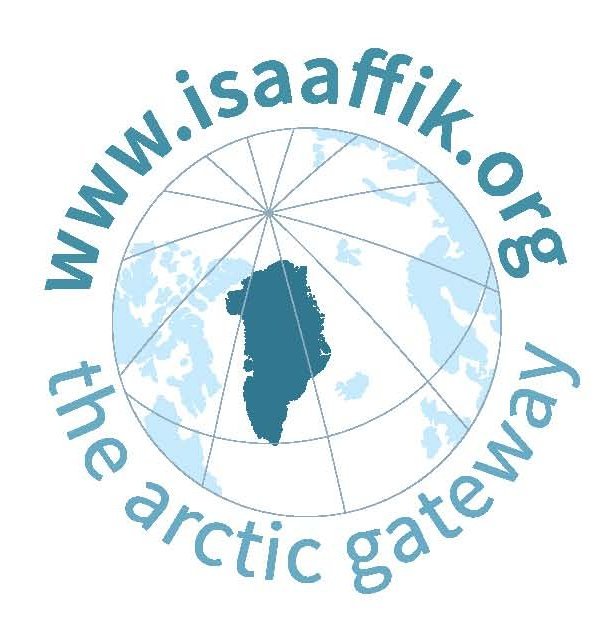Observation Facility Catalogue
The Observation Facility Catalogue has been developed to provide an overview of the observation facilities which collect SIOS data. An observation facility can be one instrument or a collection of instruments, e.g. a weather station, and is a term used by the World Meteorological Organization (WMO). The annotation is standardised following the WMO standards as far as possible, in order to make entries unambiguous and interoperable internationally.
- About OFC
-
The purpose of the catalogue is to make better use of the existing research infrastructure by facilitating the search for given parameters and their location. In this way, duplication can be avoided and new measurements can be co-located with existing ones. The catalogue may also be used to gain a simple overview of collected parameters and how to access the data. The search interface allows users to search for GCMD keywords or to filter by status, type or observatory. The map interface may be used to search in a particular area.
The catalogue was developed by the Norwegian Meteorological Institute, with input from a task force consisting of representatives from the Norwegian Polar Institute and the Alfred Wegener Institute. NySMAC members and RICC gave valuable input on the test version.
- How to add observation facilities
-
To enter data in the Observation Facility Catalogue, you must be logged in and have assigned the role "RI responsible" by the administrator. Please contact the Observing Network Infrastructure Officer to have this role assigned to your account.
SUBMIT DATA TO THE OBSERVATION FACILITY CATALOGUE
More information: How to enter data into the Observation Facility Catalogue (pdf)
- Integration of GIOS infrastructures
-

In addition to the SIOS records, this catalogue has the option to display research infrastructures from the Greenland Integrated Observing System (GIOS). The default view displays only SIOS research infrastructures. To see GIOS research infrastructures, use the menu to the right to filter. Records are fetched from the Isaaffik website.
- How to use the REST Export endpoint
-
The REST endpoint (see the right panel below the filters), can be used to query the catalogue in a machine-readable way. See an example on how to query the json endpoint in this notebook:
| Observation Facility | Variables | Contact | Additional Information |
|---|---|---|---|
| GTN-P Kapp Linne 2 | |
Hanne Hvidtfeldt Christiansen
hanne.christiansen@unis.no The University Centre in Svalbard |
Type: land platform (fixed)
Status: Closed Site info: Permafrost present but thickness not known. Lithology: 0-2m: coarse (gravel) beach deposit (dry beach ridge); 2-4.8m: sand and clay, some occurrences of silt. Cohesive.; 4,8-6,2m: fine gravel; 6,2-7,8m: bedrock. light-coloured; 8-14,8m: dark-coloured; 14,8-15,8m: light-coloured; 8-38.8m: dark-coloured. Core data: No |
| GTN-P Old Auroral Station PYRN | |
Hanne Hvidtfeldt Christiansen
hanne.christiansen@unis.no The University Centre in Svalbard |
Type: land platform (fixed)
Status: Closed Site info: The borehole is located 2m west of the midpoint of the resistivity monitoring profile. The westernmost line of the UNISCALM grid is located 12m east of the borehole. Drilled in loess deposit Lithology: 0-1.2m: sand and some gravel; 1.2-3m: sand/silt/clay; 3-4m: clean ice (ice wedge or thick ice lens?); 4-6m: Mainly clay/silt; -10m: clay/silt, maybe some sand. Layered. Very low resistance during. Salinity at 10m is 11.8% (analysed by L.Hutchinson) Core data: No |
| Gas Analyzer | |
Ilaria Baneschi, Angelo Viola, Mauro Mazzola
Ilaria.Baneschi@cnr.it, angelopietro.viola@cnr.it; mauro.mazzola@cnr.it National Research Council of Italy |
Type: land platform (fixed)
Status: Operational RIS ids: 11203 Core data: No |
| Gill R3 sonic anemometer | |
Angelo Viola, Mauro Mazzola
angelopietro.viola@cnr.it; mauro.mazzola@cnr.it National Research Council of Italy |
Type: land platform (fixed)
Status: Operational RIS ids: 3471 Core data: No |
| Gill HS 50 Sonic anemometer | |
Angelo Viola, Mauro Mazzola
angelopietro.viola@cnr.it; mauro.mazzola@cnr.it National Research Council of Italy |
Type: land platform (fixed)
Status: Operational RIS ids: 11203 Core data: No |
| Gruvebadet Air Sampler | |
Rita Traversi
rita.traversi@unifi.it National Research Council of Italy |
Type: land platform (fixed)
Status: Operational RIS ids: 3693 Core data: No |
| Gruvebadet High Volume Air Sampler | |
Clara Turetta
clara.turetta@cnr.it National Research Council of Italy |
Type: land platform (fixed)
Status: Operational RIS ids: 3693 Core data: No |
| Gruvebadet High Volume Sampler | |
Type: land platform (fixed)
Status: Operational RIS ids: 3693 Core data: No |
|
| Hansbreen mass balance stake network | |
Bartłomiej Luks
luks@igf.edu.pl Institute of Geophysics, Polish Academy of Sciences |
Type: land platform (on ice)
Status: Operational RIS ids: 11500 Site info: Hansbreen surface mass balance monitoring programme started in 1988 on the initiative of the University of Silesia in Katowice. Since the beginning of XXi century programme is run under the umbrella of Polish Polar Station Hornsund owned by IG PAS. Hansbreen (HAB) is a medium-sized (56 km2) tidewater glacier located in the southern part of Wedel Jarlsberg Land, close to the Polish Polar Station in the fjord Hornsund. The glacier is ~16 km long, and elevations extend up to 550 m a.s.l. Surface mass balance monitoring started in 1988/89. Over the period of 1989-2017, the net surface mass balance has been continuously decreasing, with a mean of -0.36 m w.e. a-1. Frontal ablation, measured along the c. 1.5 km long ice cliff shows that mass loss by calving contributes substantially to the total mass loss (23-50%, i.e. additional ablation by an equivalent of c. -0.7 m w.e. a-1 on average) and varies interannually. SMB data are reported on a yearly basis to the World Glacier Monitoring Service. Core data: Yes |
| Hornsund Seismic Array (HSPA) | |
Jon Magnus Christensen
Jon@norsar.no NORSAR |
Type: land platform (fixed)
Status: Operational Site info: Seismic array consisting of 5 seismometers (HSPA1, HSPA2, HSPA3, , HSPA4, , HSPA5) placed in shallow boreholes and the Hornsund Seismological Station (HSPB). Coordinates of the array elements can be found at: https://www.norsar.no/data/norsar-station-network Core data: No |



























